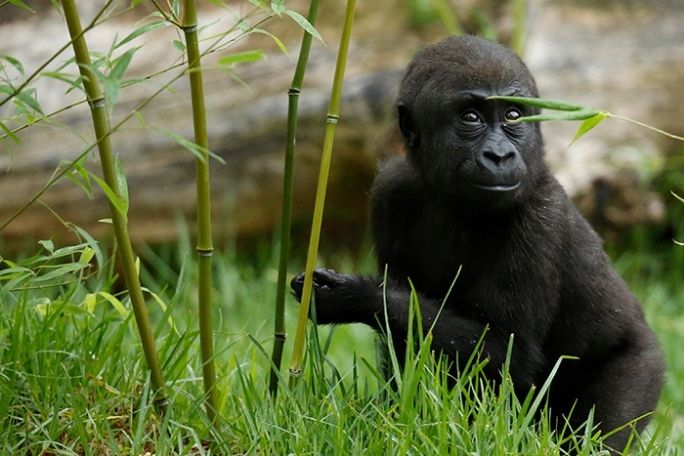Lesson summary
In this lesson, students explore big questions and issues relating to animal welfare, ethics and zoos. They begin by working in groups to interview classmates on their thoughts and feelings about zoos, before participating in a class-wide guided discussion about a clip that explores how other people think and talk about zoos. Students then work in groups to create their own guided discussion about a clip, and then share this with the class. Students further explore the divisive opinions about zoos by participating in a role-play using Edward de Bono’s Thinking Hats. Finally, students will investigate what their local zoo is doing in terms of conservation and education.
Learning Intentions:
Students will...
- Students understand that different people have different ethical views about the roles of zoos and these issues can be very divisive
- Students understand that many zoos are moving to a model that prioritises conservation of threatened species
Success criteria:
Students can...
- participate in class discussions
- create a guided discussion
- participate in a class role-play
- work independently and in groups
- undertake research online
- apply critical thinking skills to a range of divisive topics
- respectfully listen to and express ideas about divisive issues
Lesson guides and printables
Lesson details
Curriculum mapping
Australian curriculum content descriptions:
Year 7 Science:
- Solutions to contemporary issues that are found using science and technology, may impact on other areas of society and may involve ethical considerations (ACSHE120)
Year 8 Science:
- Solutions to contemporary issues that are found using science and technology, may impact on other areas of society and may involve ethical considerations (ACSHE135)
Syllabus outcomes: SC4-11PW
General capabilities: Critical and creative thinking, Ethical understanding
Cross-curriculum priority: Sustainability OI.2, OI.7, OI.9
Relevant parts of Year 7 Science achievement standards: Students describe situations where scientific knowledge from different science disciplines and diverse cultures has been used to solve a real-world problem. They explain possible implications of the solution for different groups in society.
Relevant parts of Year 8 Science achievement standards: Students explain how evidence has led to an improved understanding of a scientific idea and describe situations in which scientists collaborated to generate solutions to contemporary problems. They reflect on implications of these solutions for different groups in society.
Unit of work: Fighting Extinction – Secondary
Time required: 120 mins
Level of teacher scaffolding: Medium – lead students in guided discussion and facilitate Thinking Hats activity
Resources required
- Student Worksheets – one copy per student
- A device capable of presenting a video to the class
- Computers or tablets – one per group
- Guided Discussion Rubric
- Thinking Hats Worksheet
- Conservation Priorities Factsheet (optional)
Skills
- Collaboration
- Communication
- Creativity
- Critical thinking
- Ethical understanding
- Problem solving
- Social skills
Additional info
This lesson has been developed in partnership with Zoos Victoria. Zoos Victoria is a zoo-based conservation organisation whose mission is to fight extinction and support Victorians to be the world’s most wildlife friendly community through being caring, informed and active. Zoos Victoria operate three zoos: Werribee Open Range Zoo, Melbourne Zoo and Healesville Sanctuary. Click here to find out more about Zoos Victoria and their work on fighting extinction.


Welcome back!
Don't have an account yet?
Log in with:
By signing up to Cool.org you consent and agree to Cool's privacy policy to
store, manage and process your personal information. To read more, please see
our privacy policy here(Opens in new tab).
Create your free Cool.org account.
Many of our resources are free, with an option to upgrade to Cool+ for premium content.
Already have an account?
Sign up with:
By signing up to Cool.org you consent and agree to Cool's privacy policy to
store, manage and process your personal information. To read more, please see
our privacy policy here(Opens in new tab).